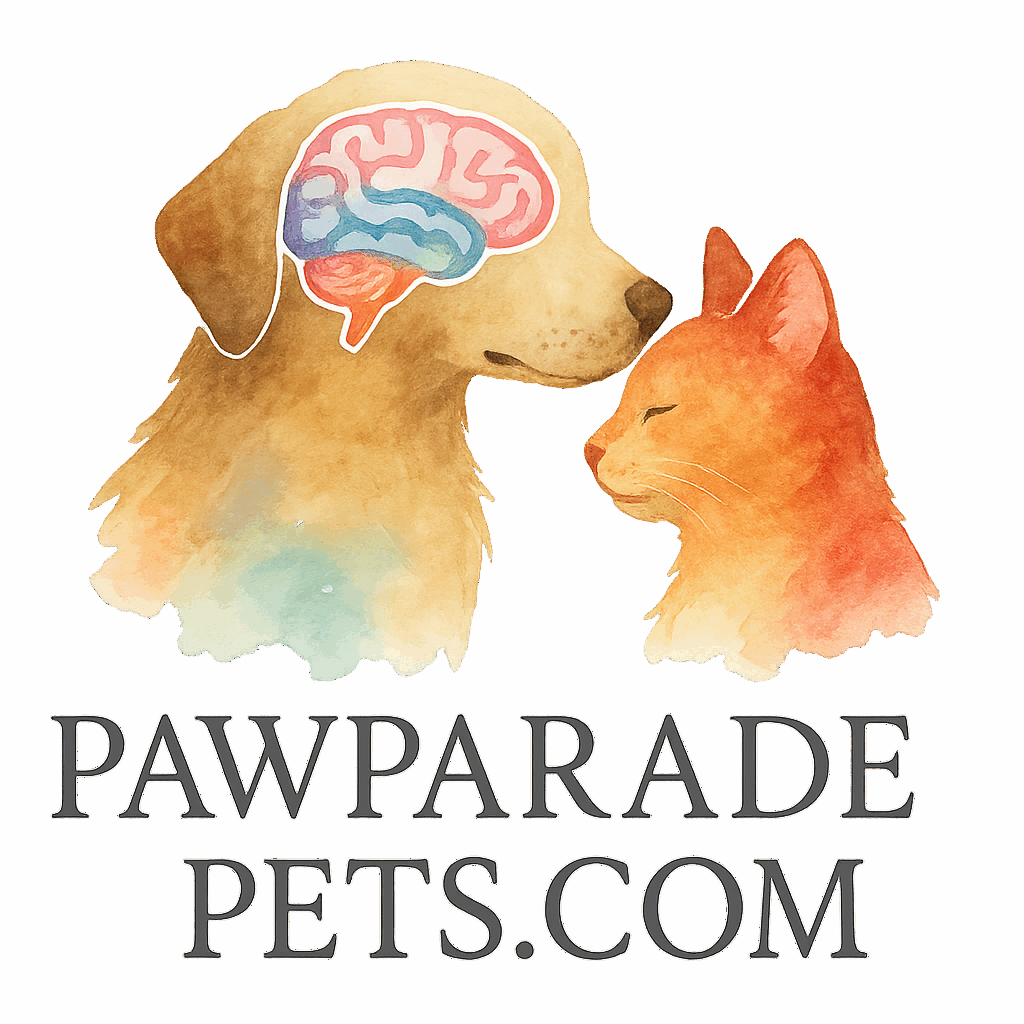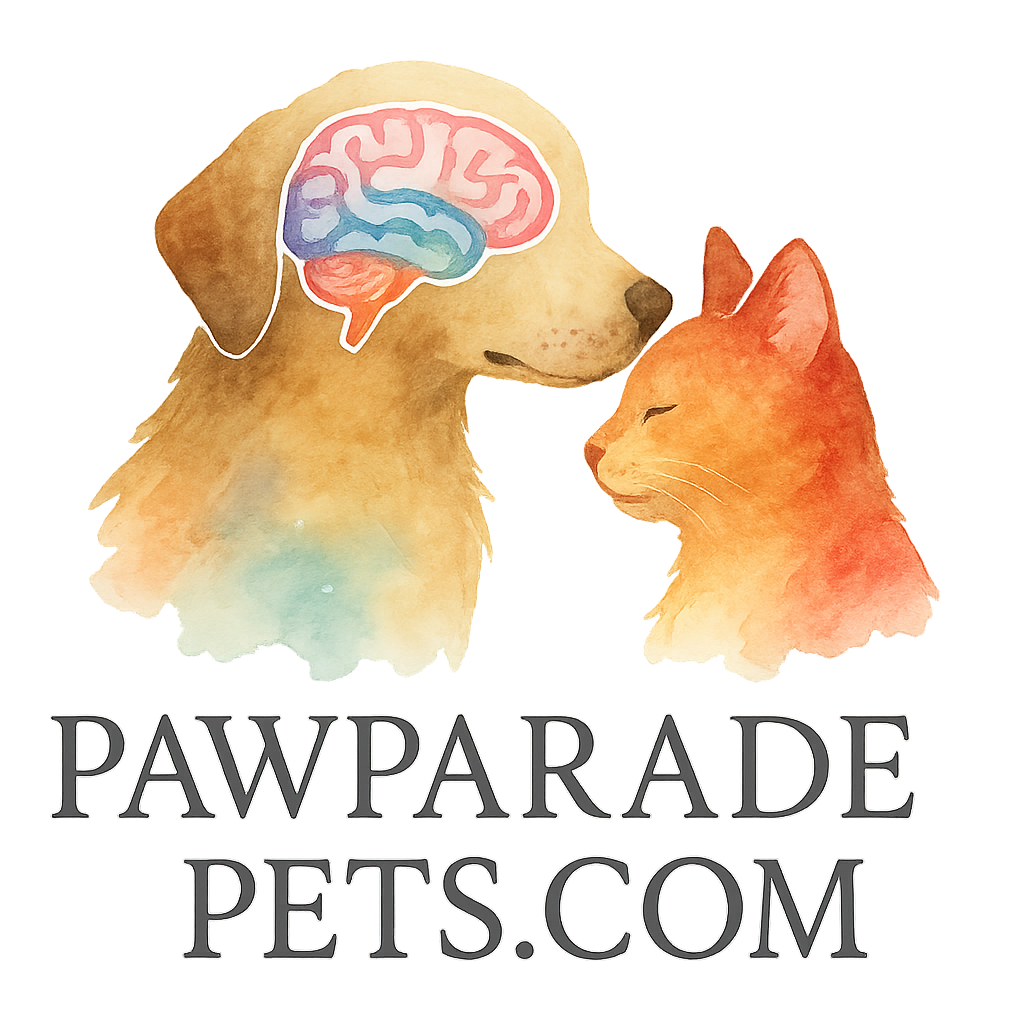Why Puzzle Feeders Are Essential for Mental Stimulation
If you’ve ever watched your pet devour a meal in under 30 seconds, you know how uninspiring mealtime can be. Puzzle feeders transform this moment into a mental challenge, keeping pets not only fed but mentally engaged. These handy tools are more than just slow feeders—they’re fun, interactive ways to promote brain stimulation, curb boredom, and even reduce behavioral issues.
Check out how puzzle feeders compare to traditional feeding in this Advanced Cognitive Challenges guide.
The Science Behind Brain Training for Pets
Just like humans, pets thrive when their brains are exercised. Engaging with puzzles and interactive toys activates their problem-solving centers, boosts dopamine levels, and helps them feel accomplished. That’s why many pet owners swear by regular brain-training routines.
Cognitive Benefits of Interactive Feeding
- Enhances problem-solving skills
- Reduces anxiety and destructive behavior
- Promotes slower eating and digestion
- Builds confidence in shy pets
Comparing Puzzle Feeders vs. Traditional Bowls
Traditional bowls are passive. Puzzle feeders, on the other hand, require thinking, sniffing, pawing, and licking. It’s like comparing TV watching to solving a Sudoku—one is passive, the other engages the mind.
Choosing the Right Puzzle Feeder for Your Pet
Factors to Consider Based on Breed and Size
Small dogs and cats might prefer feeders with smaller crevices, while large-breed dogs need sturdier, more complex devices. Consider your pet’s snout shape, paw dexterity, and chewing habits.
Matching Difficulty Level with Intelligence
Start with beginner-friendly toys and scale up as your pet masters each challenge. Check out the Behavior & Obedience section for tips on balancing mental exercises with discipline.
Top 10 Puzzle Feeders to Boost Your Pets’ Brain
1. Kong Classic Dog Toy
Features and Benefits
Fill it with peanut butter, treats, or kibble. It’s durable, chew-proof, and stimulates licking and problem-solving.
Best For Which Type of Pet
Ideal for strong chewers and food-driven dogs.
2. Nina Ottosson Dog Tornado
A spinning tower of treat-hiding trays that challenge dogs to paw and rotate the levels.
3. Outward Hound Hide N’ Slide
Perfect for curious pets. Features multiple sliding compartments to hide treats.

4. Catit Senses 2.0 Digger for Cats
Encourages cats to use their paws to ‘dig’ out kibble. Great for cats who bolt their food.
5. PetSafe Busy Buddy Twist ’n Treat
Adjustable openings let you control difficulty. Bounces unpredictably for added fun.
6. Trixie Activity Flip Board
A variety of flaps, knobs, and sliders in one board. Great for small dogs and cats.
7. Snuffle Mats
Fabric mats that mimic grass. Pets use their nose to forage through folds for treats. Explore more brain-stimulating activities.
8. Omega Paw Tricky Treat Ball
Rolls around and dispenses treats as your pet plays. Ideal for active pups.
9. LickiMat Wobble
Reduces anxiety during grooming or vet visits. Licking is soothing and stimulates the brain.
10. iFetch Frenzy Brain Game
Drop the ball in the top, and it pops out a random chute. No batteries needed!
How to Introduce Puzzle Feeders to Your Pet
Start Simple and Build Confidence
Start with easy toys. Let them figure out how to get the food without pressure.
Observe and Adjust the Challenge
Some pets need encouragement. Others get frustrated fast. Adjust complexity as needed.
Common Mistakes to Avoid With Puzzle Feeders
Overcomplicating Too Soon
Too hard, too fast can discourage your pet. Avoid jumping into advanced challenges right away.
Ignoring Pet’s Engagement Cues
Watch for signs of frustration or disinterest. Switch tools if they lose interest.
Enhancing Puzzle Time with Brain-Training Games
Mix Toys with Training Commands
Turn play into an obedience session. Ask for a “sit” or “wait” before releasing the feeder. Learn more under the tag:commands.
Use with Brain Training Basics
Reinforce puzzle feeder sessions with structured brain training.
Additional Tools and Toys to Complement Puzzle Feeders
Explore Tools & Toys for Brain Training
This section includes everything from interactive gadgets to tech toys.
Include Games & Activities in Routine
Don’t rely solely on feeders. Incorporate tag:games and play sessions.
Conclusion
Puzzle feeders are a fantastic way to feed your pet’s stomach and mind at the same time. By making meals more engaging, you encourage healthier habits, reduce boredom, and strengthen your bond. Want more ideas? Explore all the mental enrichment options on Paw Parade Pets.
FAQs
1. Are puzzle feeders safe for all pets? Yes, as long as they’re size-appropriate and supervised.
2. How often should I use puzzle feeders? Daily use is great, even for just one meal per day.
3. Can cats use puzzle feeders too? Absolutely! Many are made just for cats, like the Catit Digger.
4. What if my pet gives up on the toy? Simplify it or switch to another toy from tag:toys.
5. Do puzzle feeders help with anxiety? Yes, especially models like the LickiMat which promote soothing licking behavior.
6. Should I use puzzle feeders with treats or meals? You can use either! Just adjust portion sizes accordingly.
7. Where can I find more enrichment tools? Head to the Tools & Toys for Brain Training section for curated picks.


